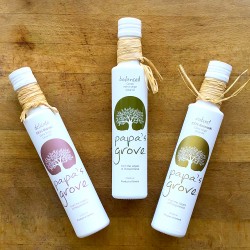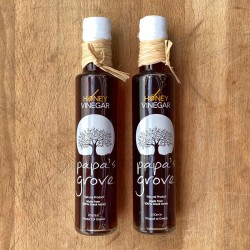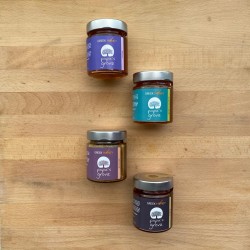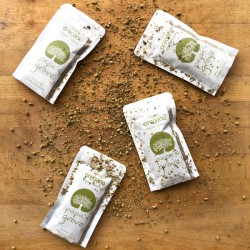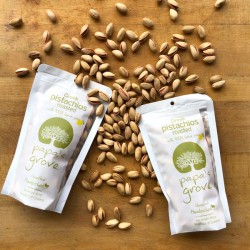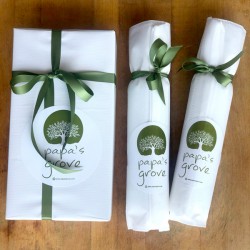The Olive Oil’s enemies & the “Best before” fraud
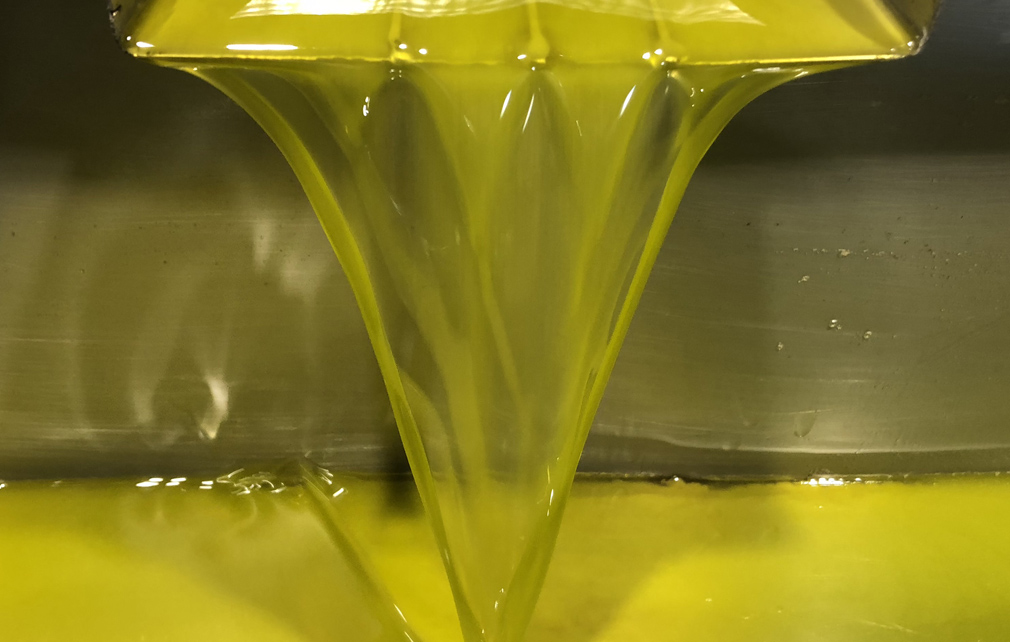
Olive oil does not really have an expiry date. It does not just go bad and needs to be disposed like for example our milk does. It does however lose its freshness.
Olive oil is a live organism and as such when it is young it is at its most potent. After it has been extracted it has the highest amount of antioxidants and phenolic content. Those positive elements, which are significantly higher in EXTRA VIRGIN olive oil (EVOO), do reduce overtime but can be prolonged with proper storage and handling.
Olive oil has three* main enemies:
1) Light (both sunlight and electricity),
2) Heat (as well as temperature fluctuations) and
3) Oxygen
Controlling those elements increases the life of the oil’s potency.
Right after extraction EVOO should to be properly stored in tanks with nitrogen to avoid oxidation and maintain its properties. It should be bottled only when there is an imminent shipment and when bottled, EU regulations are quite clear: An EVOO should have a “best before” date of 18 months from the date of bottling. It should be stored in a temperature controlled environment, be protected from UV rays (think about bottle packaging) and once opened it should be consumed within reasonable time to maximise its benefits (3-9 months depending).
We regularly come across bottles (found outside the EU and US) where the best before date can be labelled a few years down the road… This does not mean the olive oil is fresher. These are illegal practices used to increase shelf life. Do check the packaging.
Be also reminded that harvesting of olives happens only once a year, in the northern hemisphere the harvesting window opens mid-October and can go till end of January. The earliest the harvest time, the highest the phenolic content and antioxidants, however the lower the yield as olives are still somewhat unripe, green and small. Therefore, most producers tend to wait till Dec/Jan, when olives grow bigger, turn black and thus yield more oil….but of a lower quality. So a harvested batch of Jan 2020, while appearing fresher on paper, is actually of inferior quality to a harvested batch of Oct 2019!
In the olive oil business “Best before” is really what it states. The day which is best consumed by. However EVOO can still be used without concerns beyond that date, it just won’t have much of antioxidants left. Use for example older batches for frying: still tastes better, still composed of unsaturated (positive) fats. Use the fresher batch for direct consumption: marinating, finishing dishes, salads.
* Adulteration is of course the other, even more terrifying enemy of our industry. Knowing your farmer is the only way to trust what you’re really getting.
